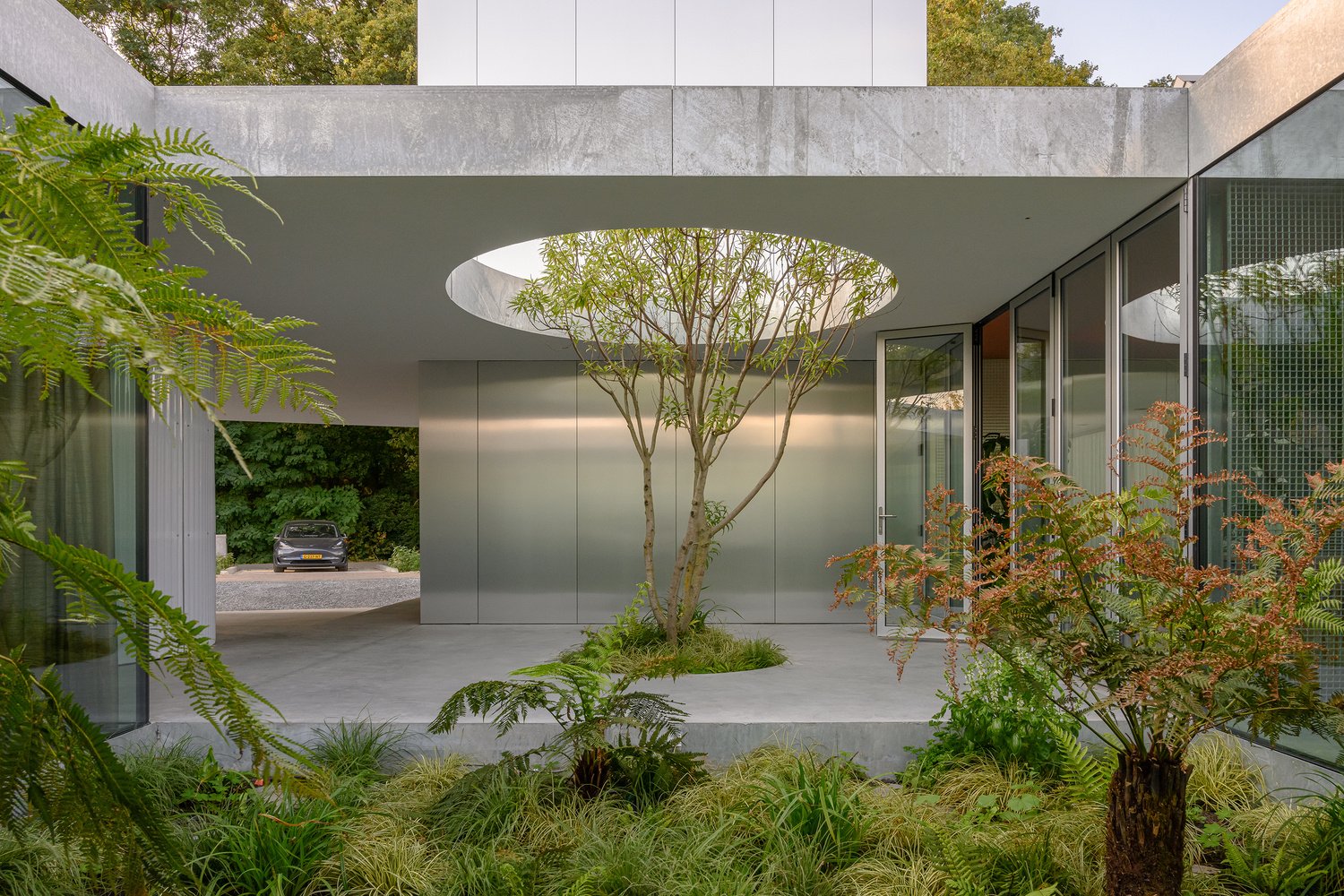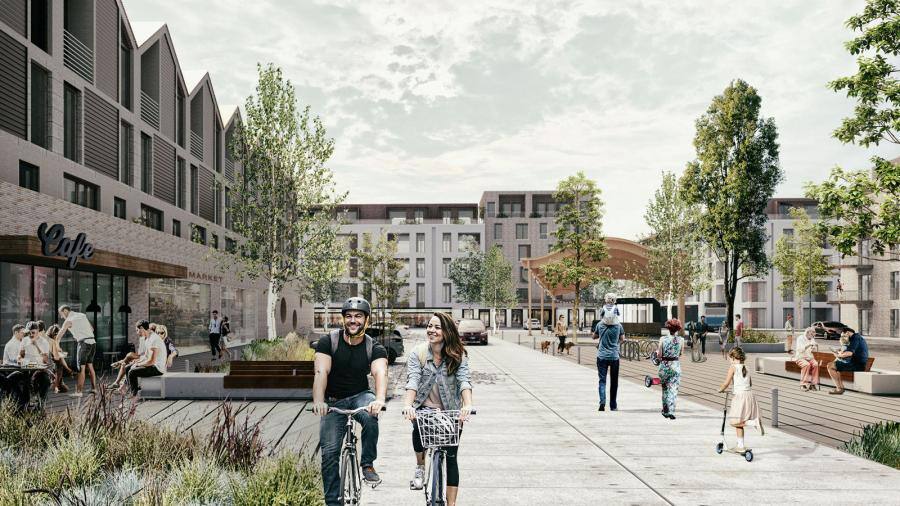
The field of urban design is highly competitive, with numerous talented professionals entering the market each year. For both emerging designers and seasoned industry players, standing out is crucial. While a strong portfolio is a significant advantage, it is not sufficient on its own. Comprehensive interview preparation allows you to present yourself as a well-rounded candidate who possesses the necessary technical skills and a deep understanding of the firm's values and projects. This preparation not only boosts your confidence but also showcases your commitment to the role, ultimately making you a more attractive candidate to potential employers. Preparing effectively for an urban design interview can be the key to distinguishing yourself in this dynamic and demanding field.
Additionally, a well-prepared candidate can articulate their experiences with real-world projects, highlighting their problem-solving abilities, collaboration skills, and attention to detail. If you aspire to be hired by a reputable organisation but need help navigating urban designer interview questions, you are in the right place.
This comprehensive guide explores the 15 most common interview questions and provides sample answers. We will cover a range of topics, from technical knowledge and design philosophy to project management and stakeholder engagement. For each question, we will provide insights on how to approach your answer and offer sample responses to guide your preparation. Additionally, we have included tips to improve your performance in answering urban design interview questions, ensuring you can confidently showcase your skills and work experience.
Understanding the Role of an Urban Designer
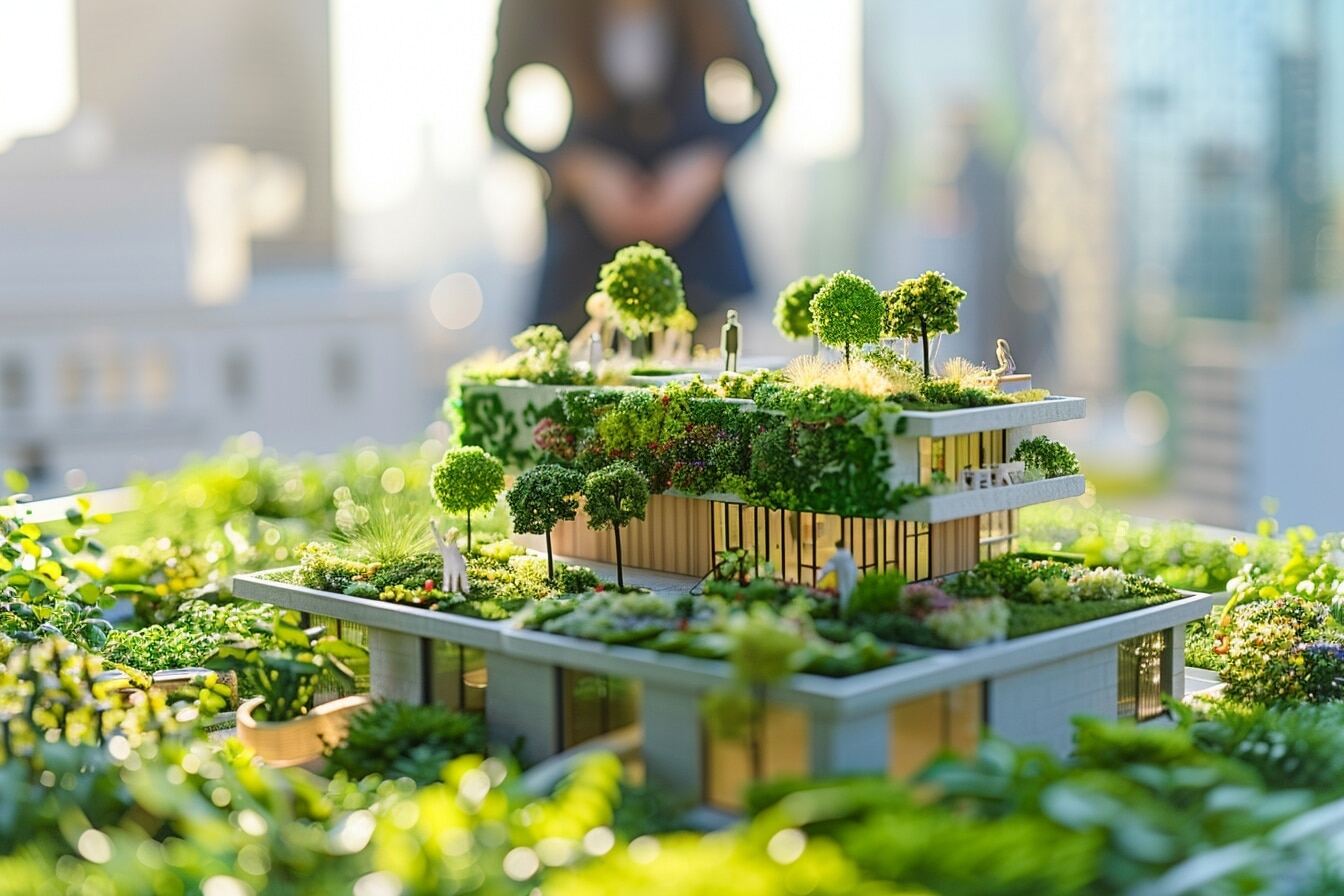
Before discussing how to answer interview questions for urban designer jobs, it is important to understand who an urban designer is and what the role includes.
1. Who is an Urban Designer?
An urban designer is a professional who focuses on the design and organisation of urban spaces and environments. They work to create functional, aesthetic, and sustainable cities, neighbourhoods, and public spaces. Their goal is to improve the quality of life for residents and visitors by shaping the physical setting in which they live, work, and play. This involves collaborating with architects, planners, engineers, and community stakeholders to develop and implement comprehensive urban plans and projects.
2. What is the Scope of Work for an Urban Designer?
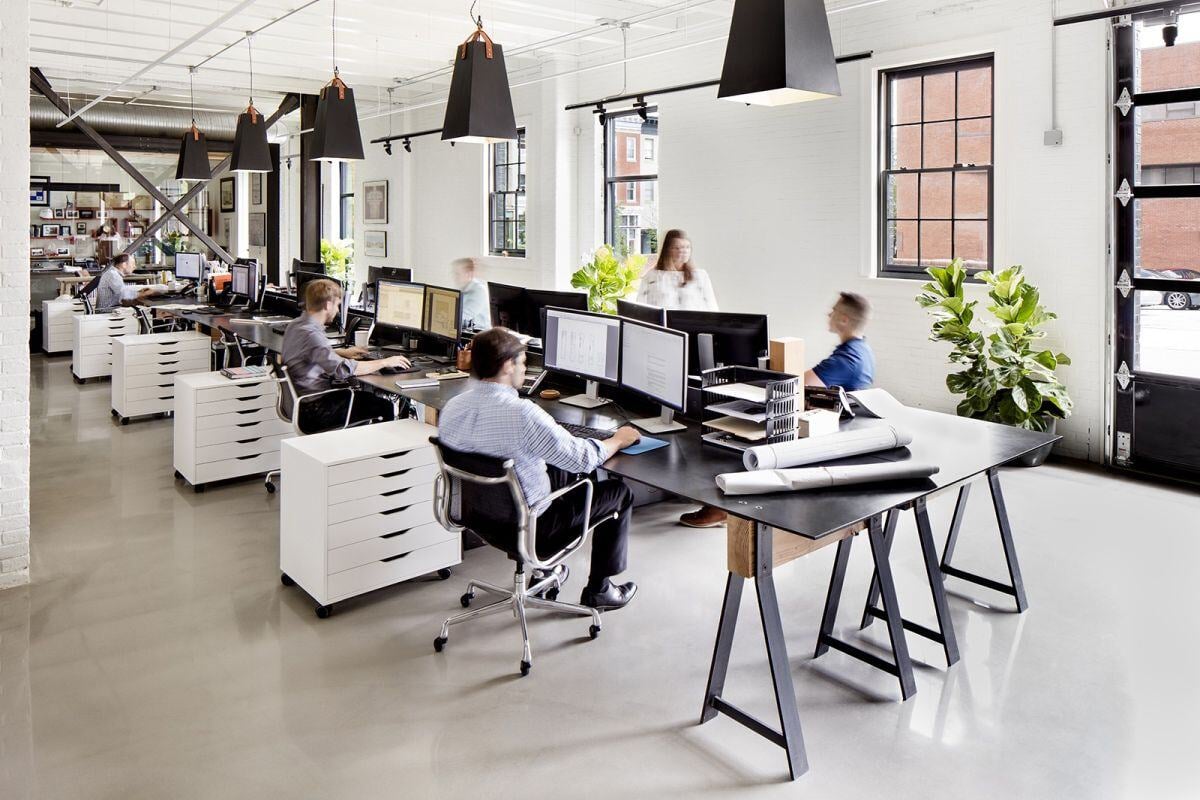
The scope of work for an urban designer encompasses a variety of tasks aimed at creating and improving urban spaces. Key responsibilities include:
- Conducting thorough site assessments to understand existing conditions, constraints, and opportunities.
- Researching demographic, economic, and environmental data for better design decisions.
- Developing design concepts and master plans for urban areas, including streetscapes, parks, plazas, and neighbourhoods.
- Creating visual representations such as sketches, renderings, and models to communicate ideas.
- Working closely with architects, planners, engineers, and other stakeholders to integrate various perspectives and expertise.
- Engaging with community members and local authorities to gather input and ensure that designs meet the community's needs and expectations.
- Planning for infrastructure, transportation systems, and public spaces to create cohesive and efficient urban environments.
- Ensuring designs comply with local building codes, regulatory bodies, zoning laws, and environmental regulations.
- Overseeing the implementation of urban design projects from concept to completion and managing budgets, timelines, and resources to ensure successful project delivery.
- Incorporating sustainable design principles to reduce environmental impact and enhance resilience.
- Monitoring and evaluating the performance of urban designs post-implementation.
3. What Is the Salary of an Urban Designer in India?

The salary of an urban designer in India can vary widely based on factors such as experience, location, education, and the type of employer (private firm, government agency, or non-profit organisation). Here is a general overview:
- Entry-Level Urban Designer (0-2 years of experience)
Salary Range: ₹3,00,000 to ₹6,00,000 per annum - Mid-Level Urban Designer (2-5 years of experience)
Salary Range: ₹6,00,000 to ₹10,00,000 per annum - Senior Urban Designer (5+ years of experience)
Salary Range: ₹10,00,000 to ₹20,00,000+ per annum
Note: These figures can vary, and additional benefits such as bonuses, healthcare, and professional development opportunities can also impact overall compensation.
List of Top 15 Urban Design Job Interview Questions
If you want to succeed in urban design job interviews, the best way to do so is to be prepared by finding the most common interview questions and sample answers for urban designers. Understanding these frequently asked questions and preparing well-thought-out responses in advance increases your chances of getting hired. Here is a list of 15 potential job interview questions you might encounter:
Technical Knowledge and Skills

1. What technical skills have you developed as an urban designer?
Sample Answer:
“As an urban designer, I have extensive experience with design software such as AutoCAD, Revit, and Adobe Creative Suite. For example, in my last project, I used AutoCAD to draft precise site plans and Revit to create detailed 3D models, which allowed better visualisation and coordination with team members. Additionally, I use GIS to analyse spatial data and integrate it into my design process. This enables me to assess various factors like land use, transportation networks, and environmental constraints. My data analysis skills also help me interpret and leverage diverse data sources to evaluate traffic patterns, population density, and other urban metrics, ensuring that my designs effectively address the area's needs and challenges."
2. How do you integrate Geographic Information Systems (GIS) into your urban design projects?
Sample Answer:
"I use GIS software extensively, particularly ArcGIS and QGIS, to analyse spatial data and understand the geographical context of my projects. In a recent city masterplan project, I used GIS to conduct a comprehensive site analysis. I created layered maps that integrated data on topography, existing land use, transportation networks, and demographic information. This allowed me to identify optimal locations for new developments and green spaces. I also used GIS to perform a suitability analysis for a proposed transit-oriented development, considering factors like proximity to transit hubs, land values, and environmental constraints. The spatial analysis capabilities of GIS have been invaluable in making data-driven decisions and communicating complex information to stakeholders through clear, visually compelling maps."
3. How do you stay updated with the latest trends and technologies?
Sample Answer:
"I stay informed about the latest trends by regularly reading architectural journals and subscribing to platforms like ArchDaily, Dezeen, and Architectural Digest. Additionally, I attend webinars and conferences to network with peers and learn about the latest technologies. This ongoing engagement enables me to incorporate innovative ideas and techniques into my designs."
Project Management and Coordination

4. How do you approach stakeholder engagement in large-scale urban design projects?
Sample Answer:
"In large-scale urban planning projects, I use a multi-faceted approach to stakeholder engagement. I start by identifying all relevant stakeholders, including local government officials, community leaders, residents, and business owners. I then develop a comprehensive engagement strategy that includes various methods such as public workshops, online surveys, and focus group discussions. For example, in a recent city project, I organised a series of brainstorming sessions where stakeholders could actively participate in the planning process. I used digital platforms to create interactive maps where residents could pin comments and suggestions. This approach not only gathered valuable input but also fostered a sense of ownership among community members."
5. What do you do to ensure a project stays on schedule and within budget?
Sample Answer:
"I begin by setting realistic timelines during the planning phase and closely monitor progress to ensure we adhere to these schedules. Effective communication with the project team and clients is vital, so I hold weekly meetings to address any emerging issues promptly. If unexpected costs occur, I evaluate their impact on the budget and explore alternative solutions to remain within financial constraints while upholding the quality of the design."
6. When working on multiple projects at the same time, how do you prioritise tasks and manage your time?
Sample Answer:
"I leverage project management tools such as Trello to organise tasks and establish deadlines. I prioritise tasks based on their urgency and their effect on the overall project timeline. By breaking down larger projects into smaller, manageable tasks, I ensure steady progress. Regular check-ins with team members help maintain alignment and quickly resolve any potential errors."
Industry Standards and Protocols
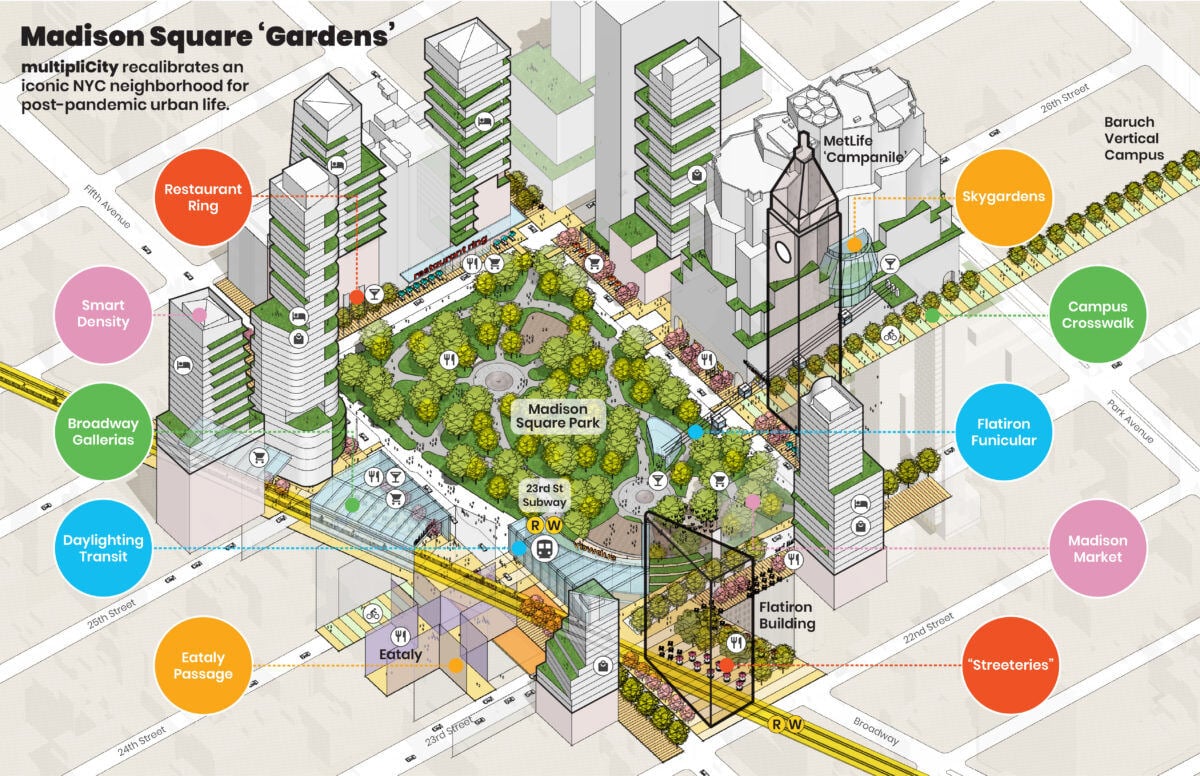
7. Can you describe your experience with creating and implementing sustainable urban design solutions?
Sample Answer:
"I have a solid background in sustainable urban design, focusing on creating environments that enhance energy efficiency, reduce carbon footprints, and improve quality of life. In one of my recent projects, I implemented green infrastructure solutions such as permeable pavements and green roofs, effectively managing stormwater runoff and mitigating heat island effects. These innovations not only boosted environmental performance but also significantly enhanced the aesthetic appeal and functionality of public spaces."
8. What do you do to ensure the safety of your designs?
Sample Answer:
"To ensure the safety and sustainability of my designs, I collaborate closely with structural engineers and other specialists from the initial stages of the project. I use advanced software for spatial and structural analysis and ensure that all designs comply with industry standards. Regular design reviews and frequent site visits allow us to identify and address potential issues before execution. Additionally, I engage with community stakeholders to understand their safety concerns and incorporate their feedback into the design. This holistic approach ensures that my designs are safe, functional, and resilient."
9. How do you ensure your designs comply with local building codes and regulations?
Sample Answer:
"I start by thoroughly reviewing relevant codes and regulations at the initial design phase and frequently consult with local authorities to clarify any ambiguities and stay updated on any changes to the regulations. Collaboration with other professionals ensures that all safety standards are met. Additionally, I engage with urban planners and legal experts to address zoning laws, environmental regulations, and community guidelines, ensuring that our designs align with all local requirements and contribute positively to the urban fabric."
Soft Skills and Problem-Solving
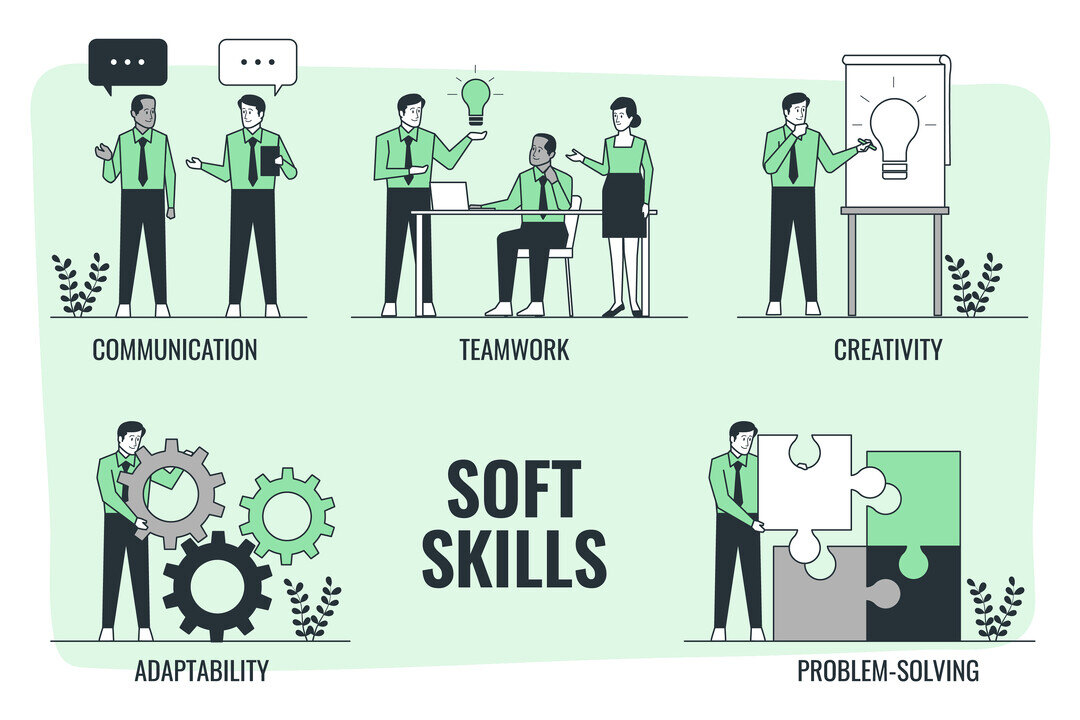
10. How do you collaborate with other team members to achieve project goals?
Sample Answer:
"I encourage open communication through regular team meetings and collaborative design workshops, ensuring all team members are on the same page. Using tools like shared project folders and collaborative platforms, we maintain transparency and streamline our workflow. By actively involving architects, planners, engineers, and community stakeholders, we address challenges collectively and integrate diverse perspectives, resulting in more cohesive and innovative urban design solutions."
11. Can you describe a difficult client interaction and how you dealt with it?
Sample Answer:
"During one project, a client was dissatisfied with the initial urban design proposal. I addressed their concerns immediately by actively listening to their feedback and understanding their goals. I refined the design to incorporate their input and presented a revised plan that matched their expectations and left them satisfied. This experience not only improved the project outcome but also strengthened our working relationship and highlighted the importance of clear communication in the design process."
12. How do you approach problem-solving when faced with unforeseen challenges in a project?
Sample Answer:
"When faced with unforeseen challenges in a project, I approach problem-solving with a combination of analytical thinking, creativity, and collaboration. First, I thoroughly assess the issue to understand its root cause and potential impact on the project. Then, I brainstorm possible solutions, considering both short-term fixes and long-term benefits. I engage with team members, including engineers, planners, and community stakeholders, to gather diverse perspectives and insights. For example, during a recent urban redevelopment project, we encountered unexpected soil contamination that threatened to delay the project. By collaborating with environmental engineers and local authorities, we devised a remediation plan that addressed the contamination and allowed us to continue with the project timeline."
Future Goals and Aspirations
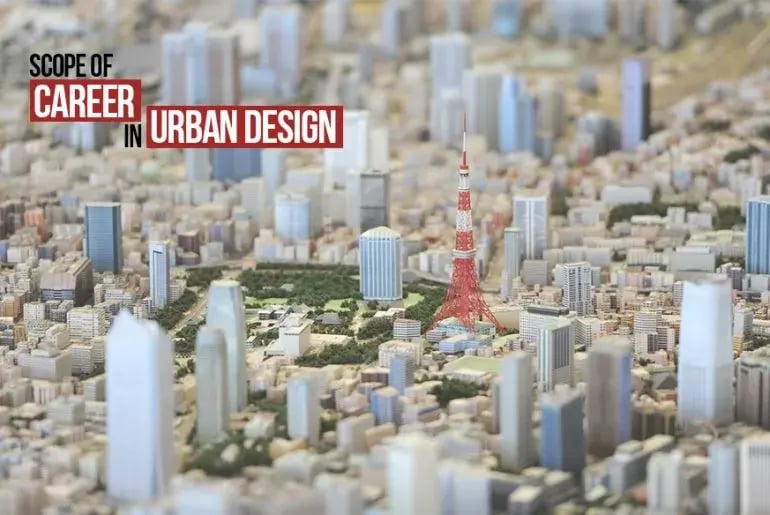
13. Where do you see yourself professionally in five years, and how does this position align with your future goals?
Sample Answer:
"In five years, I aim to be in a senior position, leading large teams and driving strategic initiatives. This role attracts me because it offers a clear path to that goal. I'm particularly excited about the leadership development programme mentioned in the job description, as it aligns perfectly with my aspiration to enhance my management skills. Additionally, the company's focus on innovation in urban design presents opportunities to work on cutting-edge projects, which will be crucial for my professional growth and the achievement of my long-term career objectives."
14. What kind of projects are you most passionate about, and why?
Sample Answer:
"I’m particularly passionate about sustainable urban design and community-focused projects. Working on initiatives that promote sustainability and improve the quality of life for local communities excites me. I believe urban design projects have the power to create vibrant, inclusive spaces that foster social interaction and bring people together. For example, designing public parks and walkable neighbourhoods not only addresses environmental concerns but also promotes community well-being and resilience. These projects inspire me because they contribute to creating lasting positive change in our environment."
15. Why should we consider you as a good fit for this role?
Sample Answer:
"I’m really looking forward to joining (XYZ Company) because of its innovative and futuristic design philosophy. I particularly admire the recent projects (mention the names) and believe my skills, interests, and values align with the company’s vision. They will provide me with an environment that drives excellence. Apart from my technical skills, I’m well-versed in various non-technical skills like writing, researching, and leadership that can contribute to the overall growth of the company and make me an ideal fit."
General Interview Preparation Tips for Urban Designer Jobs
The interview for urban designer jobs is a pivotal moment that shapes your career trajectory. Whether you are a fresher or a seasoned professional, the interview process is a crucial step in securing new opportunities. However, it’s not just about updating your portfolio but about representing yourself authentically while demonstrating your skills to your potential employer.
The competition is fiercer than ever, and you must equip yourself with the right mindset, understand the urban designer job description, and employ effective job search strategies to stand out from the crowd. Read on to learn about the tips for excelling in urban design job interviews. Here are some effective tips for succeeding in your job interview:
1. Understand the Urban Design Job Description
To effectively handle job interview questions for an urban designer position, it's crucial to thoroughly understand the organisation’s job description, which includes key responsibilities, software expertise, project types, reporting structure, company culture, and expectations.
2. Do Your Homework
Familiarise yourself with the company’s background and conduct in-depth research on the projects they undertake to prepare yourself for organisation-related interview questions. You can also engage in conversations with current employees to gain insights into the company’s work culture.
3. Update Your CV and Portfolio
Ensure your CV and portfolio are up-to-date with your latest projects, and be prepared to explain your portfolio confidently. While many interviewees bring digital copies of their work, it’s advisable to have a hard copy to prevent potential technical glitches.
4. Review the Qualifications Necessary
Carefully review the qualifications necessary for the urban designer role to frame your responses effectively. Key points include education requirements, professional experiences, technical proficiency, certifications, and soft skills.
5. Be Honest and Keep Your Interaction Conversational
Maintaining a smooth conversation with the interviewer ensures that there are no awkward pauses and makes the interviewer more interested in you. Being completely honest about your experiences and qualifications and giving in-depth answers helps the interviewer understand your value system and work ethic.
6. Answer Briefly and to the Point
Keep your answers concise and to the point. The interviewer isn’t interested in unnecessary details and may get bored by your approach. Ensure you capture the interviewer’s attention and use it to your benefit.
7. Don’t Pretend to Know About Something That You Don’t
The person interviewing you is most likely a field expert, so there is no way that you can bluff your way around them. If you don’t know about a particular BIM tool or plug-in, just be honest and express your willingness to research and learn more about it.
Conclusion
Upskilling significantly enhances an urban designer’s proficiency, making them more adaptable to the evolving demands of the industry. It also improves creativity and problem-solving skills, enabling designers to tackle complex challenges with innovative approaches. By investing in their professional development, urban designers not only improve their chances of landing great jobs but also contribute to the advancement of the field. They set new standards for quality and sustainability in the built environment, driving progress and elevating the urban design profession.
If you want to secure lucrative job opportunities with high-income salaries, we recommend enrolling in the BIM Professional Course for Architects V2.0 by Novatr. This programme offers insights into the workflows, software, and applications of BIM from a professional perspective. Through the course, learners also get the opportunity to implement their learning on capstone projects and receive mentorship from industry experts. Furthermore, Novatr provides placement assistance for st
udents in top global AEC firms.
Check out the course today!
For more insights on urban design, AEC careers, and industry trends, head to our Resources Page.
Was this content helpful to you



.jpg)







